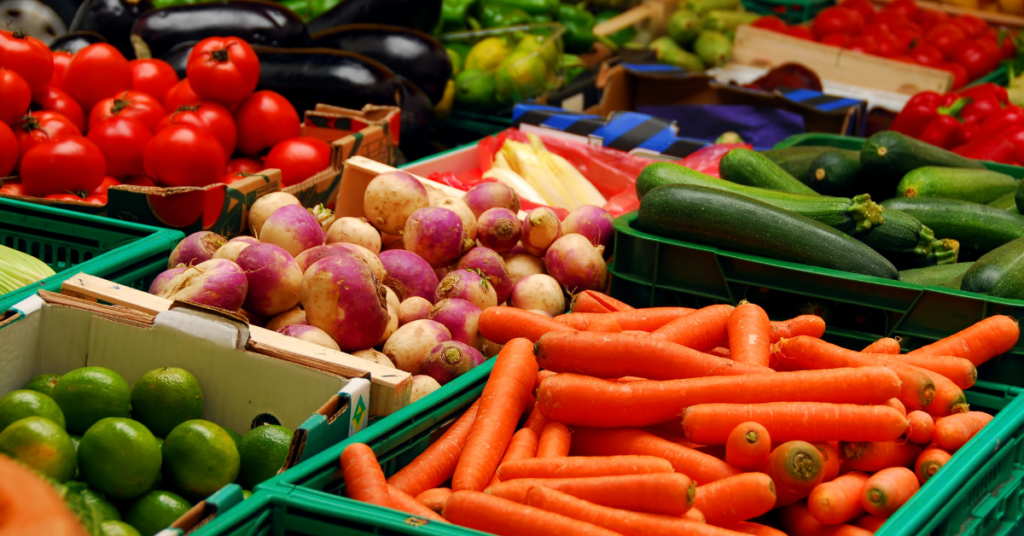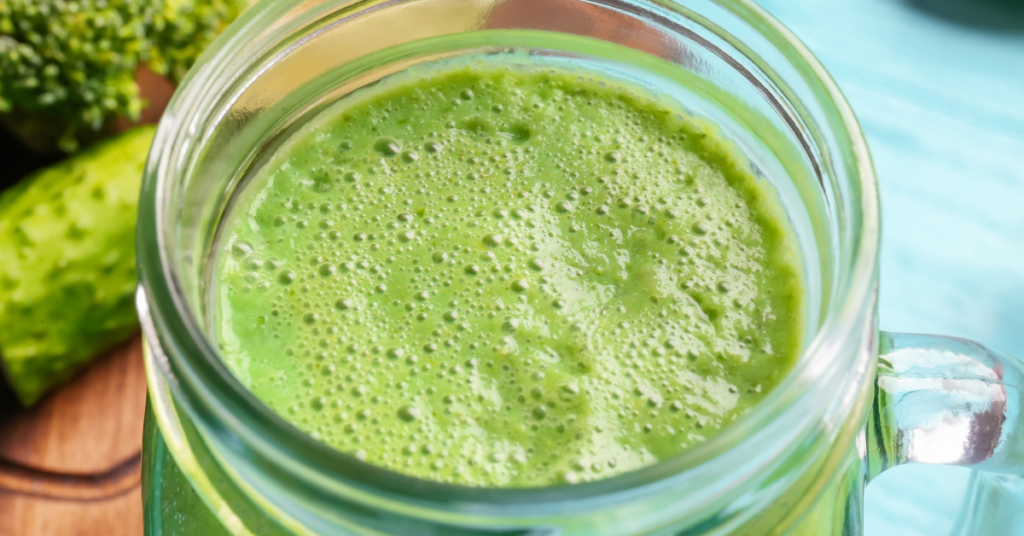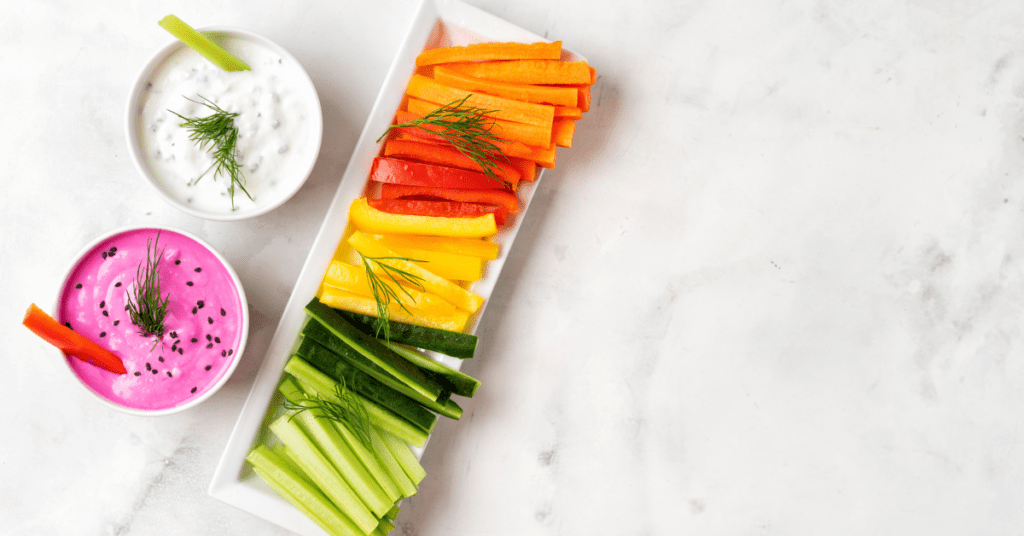No matter who you are and how well you eat, you probably have this nagging thought:
“I need to start eating more vegetables.”
You look at the vegetables each time you’re at the supermarket, wondering if you should get any. Each time you buy some, you avoid eating them for two weeks before throwing them out.
The good news is, eating more vegetables isn’t that difficult, so long as you have the right tactics, which we’ll look at today. But first:
Why Should You Consume More Vegetables?
Despite not being a favorite of many, vegetables are incredibly beneficial for us. Here are four solid reasons why:
- Vegetables are rich in many vitamins and minerals, which support our health and well-being. For example, bell peppers are full of vitamin C, which supports our immunity, and ensures optimal growth and development.
- Vegetables are full of dietary fibre, which plays a vital role in gastrointestinal and cardiovascular health. Research also suggests that consuming more vegetables can reduce our risk of colorectal cancer and cardiovascular disease.
- Vegetables are low in calories and highly satiating, making them a fantastic food group to consume, especially if looking to lose weight. A large salad can be as little as 100-150 calories and will fill you up for hours after eating.
- Vegetables are a good source of helpful compounds, such as antioxidants that reduce oxidative stress, slow down aging, and lower the risk of certain conditions. For example, broccoli and spinach are rich in lutein, which positively affects our eyes and protects our vision.

Six Ways to Eat More Vegetables Easily
1. Blend Veggies Into Smoothies
Smoothies are a fantastic way to get some calories in and start the day off on the right foot. A smoothie typically consists of fruits, some ice, and milk or water. You would then blend it all up, pour it into a cup, and enjoy.
The great thing about smoothies is they fill you up without adding many calories to your daily total. Plus, smoothies are jam-packed with vitamins, minerals, antioxidants, and healthy fibre.
The simplest and most pleasant way to bump your veggie intake instantly is to blend some in your smoothies. Instead of only adding fruits like apples or strawberries, you would also mix veggies like carrots, spinach, cucumber, and kale. In doing so, you create a powerhouse of nutrients and reap all the health benefits associated with veggies.
2. Add Veggies to Soups
Soups offer a fantastic opportunity to eat more veggies because even a serving or two can help you get more vitamins, minerals, and fibre. For example, you can add veggies like carrots, red pepper, and potatoes. You can also dice a clove or two of garlic for extra taste and an immune system boost.
You can also take it up a notch by making veggies into a puree to serve as the base of your veggie soup. Tomatoes are a fantastic option, thanks to their texture and rich nutritional profile.
The great thing is that you can pick between many recipes and try the ones you are most likely to enjoy.

3. Add More Veggies to Dishes
Cooking always offers us the opportunity to include veggies, but we need to be mindful and learn to spot them. Casseroles are a type of dish that often includes meat, potatoes, cheese, and other delicious ingredients. The great news is that you can also add fibrous vegetables, such as celery, broccoli, and red peppers. You can also include mushrooms and carrots in the mix.
The great thing about adding veggies to casseroles is that they elevate the dish’s taste and adds great texture. Plus, veggies fill you up well, allowing you to feel satisfied on fewer calories. The result is a delicious meal that fills you up and provides many of the essential nutrients your body needs.
4. Snack On Some Veggies
Snacking is often the reason why we fail to stick to our nutritional plans and reach our goals. Sure, we might have healthy meals, but we often trip up in the time between meals. Hunger and cravings take over, leading to poor nutritional choices. For example, you might have a healthy lunch, but sugary treats can derail you in the afternoon.
The great news is that veggies are a fantastic option for a snack. As discussed above, veggies are low in calories, highly satiating and great for our health. So, instead of ruining your diet with caloric bombs, snack on:
- Carrots
- Cucumbers
- Celery

5. Make a Veggie Omelette
Omelettes are a fantastic option because:
- You can easily whip them up
- They don’t take much time
- They fill you up well
- They are healthy and nutritious
Adding some veggies to your omelette is a great way to sneak more nutrients into your diet without necessarily thinking about it. Peppers, spinach, kale, garlic, onion, courgette, and other veggies are all fantastic additions to an omelette. While not technically a vegetable, mushrooms are also a fantastic addition to your omelettes and offer many of the same benefits.
6. Two Words: Savory Oatmeal
There are about a million sweet oatmeal recipes out there. While nutritious and delicious, oatmeal doesn’t always have to be sweet; we can also make it savory.
Oats go well with savory foods, such as:
- Eggs
- Mushrooms
- Red pepper
- Kale
- Spinach
- Potato
- Broccoli
You can find many fantastic savory oatmeal recipes that include plenty of veggies and will instantly bump your intake.

Conclusion
There is always something to learn or a new way to make healthier decisions in our daily life. For example, veggie intake is often a struggle for people. But as you saw from our list, you can bump your intake in many ways, so long as you’re mindful and make an effort.
If you want to improve your knowledge and expertise and share that with others, why not consider a career in personal training? Our courses teach you a lot about proper training, nutrition, good recovery, and how to help people, regardless of their circumstances.

